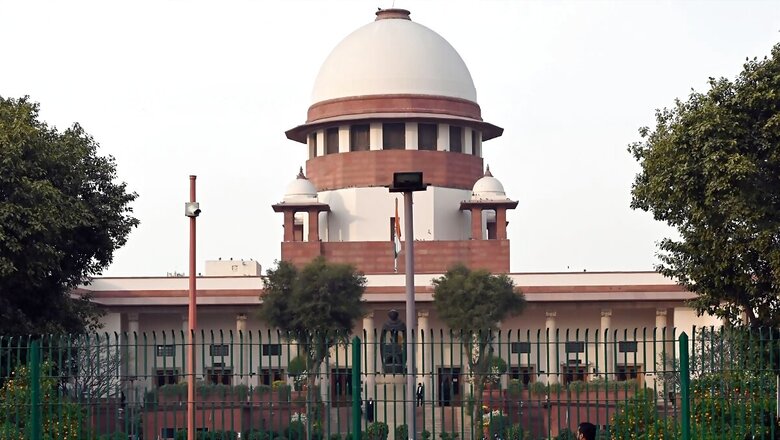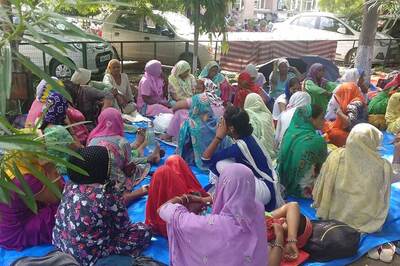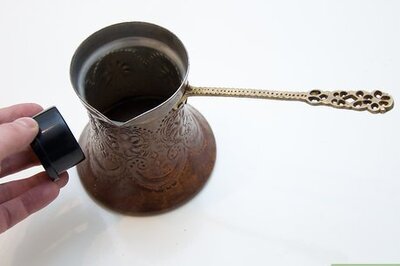
views
In a utopian world, one would imagine that such stereotypes shouldn’t have been part of judicial language or judicial reasoning in the first place. But like any other institution, the judiciary — composed of lawyers, litigants and judges — is an offshoot of our society and hence, these sexist notions and stereotypes are alive and kicking.
A much-cited case that has been the subject of public and academic criticism for the kind of language it uses to address women in a relationship with a married man is the D Velusamy vs Patchaiammal (2010) case. In an article aptly titled ‘The Concubine Notions of Constitutional Justice’, Flavia Agnes, a noted women rights lawyer, argues how the use of the terms ‘mistress’ and ‘keeps’ added insult to injury to women who were in long-term relationships with married men.
Chief Justice of India Justice DY Chandrachud recently released a handbook to lay bare how women should be addressed in judicial parlance. The handbook has a list of terms and stereotypes that should be avoided by judges while delivering justice in court rooms.
Gender stereotypes are alive and breathing in the Indian judicial system. They are rampantly used in judicial pronouncements and judicial reasoning. Leading legal luminaries have often highlighted the need to make the world of judiciary free from stereotypes and sexist language. In 2019, senior advocate Indira Jaising had written an open letter to the CJI, demanding steps be taken to curb sexist language in judiciary.
The guidance by the Supreme Court may help in curbing sexist language in courtrooms but it’s a very small step in the long battle ahead. If gender stereotypes are deep-seated notions of a society, then it would take more than a handbook for these dogmas to be uprooted. The sexist stereotypes are well part of judicial reasoning. These biases become even more clear and apparent each time a case of sexual assault or rape is heard in a court of law. Often in matrimonial disputes, the presumed patriarchal gender roles play an active part in judicial reasoning.
Gender justice is much more than correct language. But it indeed begins there. Language is an intuitive tool for our social, cultural, and political expression. It has the power to humanise or dehumanise individuals or a class of individuals.
For centuries, the language pertaining to women, their adornments, clothes, or demeanour has had an implicit sense of insult to the existence of women. It has often been passed off as a ‘joke’ and women flagging such language are called ‘touchy’. This holds true for society at large, including courtrooms and judges.
Men in position of power have the authority to correct such narratives. One such attempt has been made by the CJI. It might just be a handbook for now but it shall go a long way in furthering the cause of gender justice. There will be a day soon when each district court across the country will have an Internal Complaints Committee in compliance with Vishakha guidelines. Sexual bias in language and harassment at workplace often work hand in hand. Artificial correction of language should not put an end to the pursuit of seeking substantive changes in the corridors of judiciary. Correcting langauge is just the beginning.




















Comments
0 comment